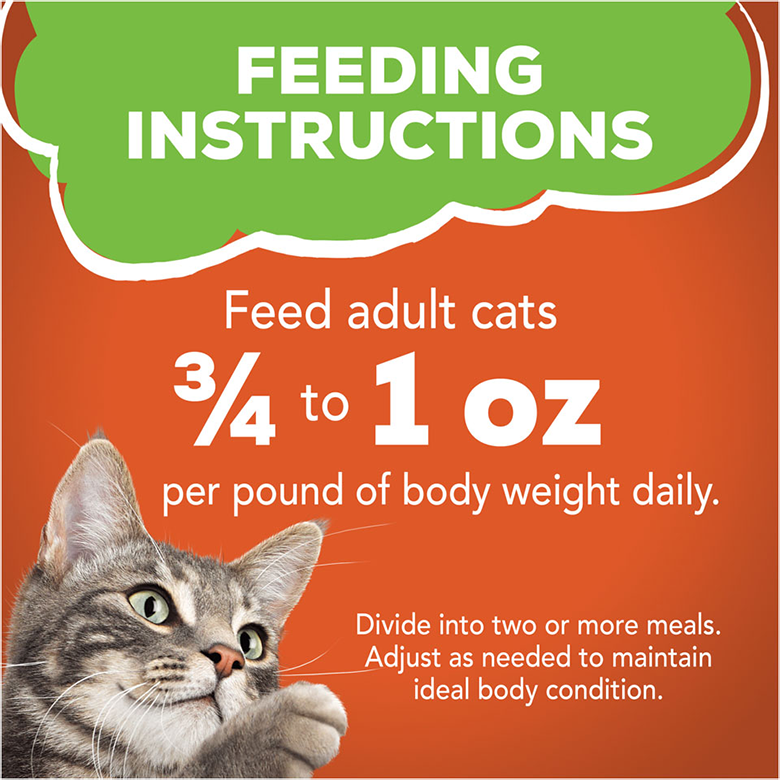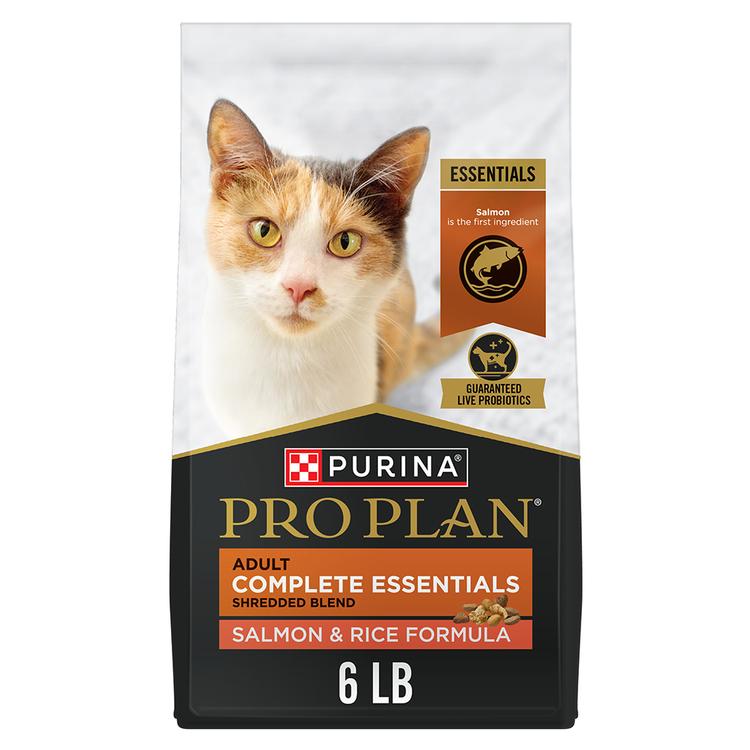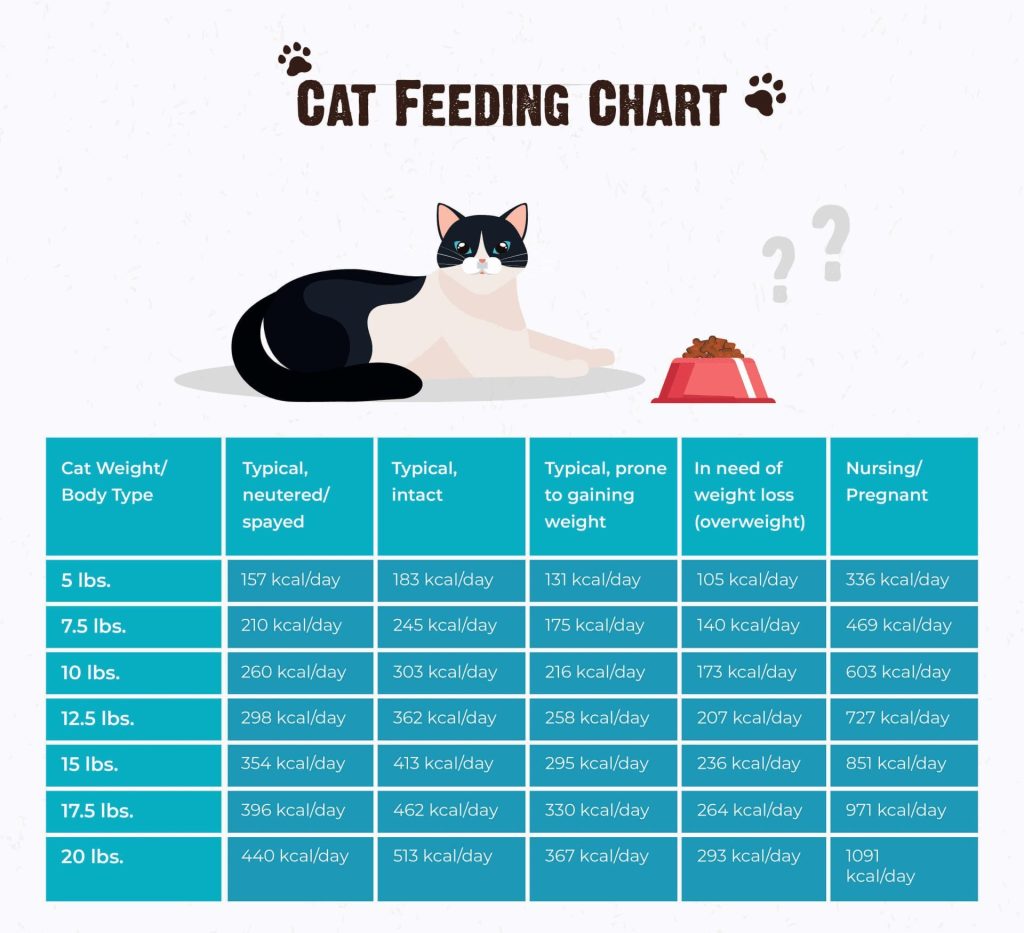Are you wondering how often you should feed your cat soft food? You want to keep your furry friend happy and healthy, but it’s hard to know the right feeding schedule.
Feeding your cat the wrong amount or too often can lead to health problems. On the other hand, the right routine can improve their digestion, energy, and overall well-being. Keep reading to discover the simple tips and expert advice that will help you make the best choices for your cat’s diet.
Your cat will thank you!
Benefits Of Soft Food For Cats
Soft food offers several benefits that can make a real difference in your cat’s health and happiness. It’s not just about variety; soft food can improve your cat’s overall well-being in ways dry food might not. Let’s look at how soft food supports your cat’s hydration, digestion, and suitability as they age.
Improved Hydration
Soft food contains a high moisture content, which helps keep your cat hydrated throughout the day. Cats naturally have a low thirst drive, so they often don’t drink enough water on their own. Feeding soft food can compensate for this by adding extra fluids to their diet, reducing the risk of urinary tract issues.
I noticed my cat started drinking less after switching to soft food, yet she stayed healthy and active. This shows how the moisture in soft food supports hydration without forcing your cat to drink more water.
Easier Digestion
Soft food is gentler on your cat’s digestive system because it’s easier to chew and break down. This can be especially helpful if your cat has dental problems or sensitive stomachs. Softer textures help nutrients absorb more efficiently, so your cat gets more from every meal.
If your cat has ever struggled with dry kibble, you might see less vomiting and fewer digestive upsets by offering soft food. It’s a straightforward way to support their gut health daily.
Suitability For Older Cats
Older cats often face challenges like missing teeth or reduced appetite. Soft food is easier for them to eat and can make mealtime more enjoyable. It also tends to be more aromatic and flavorful, encouraging older cats to eat enough and maintain a healthy weight.
I’ve seen elderly cats perk up quickly once they switch to soft food, showing more interest in meals. Could changing your older cat’s diet improve their quality of life? It’s worth trying to see the difference it makes.

Credit: cbgtogether.com
Factors Influencing Feeding Frequency
Feeding your cat soft food requires attention to many factors. These influence how often you should offer meals. Each cat has unique needs based on age, health, activity, and taste. Understanding these helps you create the best feeding schedule. This keeps your cat healthy and happy.
Cat’s Age And Health
Kittens need more frequent meals than adult cats. Their small stomachs cannot hold much food at once. Older cats might eat less often due to slower metabolism. Cats with health problems may need special feeding routines. Always consider your cat’s medical condition and age.
Activity Level
Active cats burn more energy and need more food. They benefit from multiple small meals throughout the day. Less active or indoor cats may require fewer meals. Adjust feeding times to match your cat’s energy use. This prevents overeating and maintains a healthy weight.
Dietary Preferences
Some cats prefer soft food over dry food. Mixing both types can affect how often you feed them. Cats who love soft food might want more frequent meals. Others may feel full longer and eat less often. Observe your cat’s behavior to find the right balance.
Recommended Feeding Schedules
Setting the right feeding schedule helps keep your cat healthy and happy. Feeding soft food at the right times supports digestion and energy levels. Age plays a big role in deciding how often to feed your cat soft food. Different life stages need different feeding routines.
Kittens
Kittens need more frequent meals to support fast growth. Feed soft food about 3 to 4 times daily. Smaller, frequent meals help their tiny stomachs digest better. Soft food is gentle and easy for kittens to chew.
- Feed every 4 to 6 hours
- Use soft food rich in nutrients
- Monitor their appetite closely
Adult Cats
Adult cats do well with fewer meals but consistent timing. Feed soft food 2 times each day. This helps maintain their weight and energy. Avoid overfeeding to prevent obesity and health issues.
- Offer meals morning and evening
- Use balanced soft food with protein
- Adjust portion size based on activity
Senior Cats
Senior cats may need softer food more often. Feed soft food 2 to 3 times daily. This supports weaker teeth and digestion. Smaller meals help them absorb nutrients better.
- Feed every 8 to 12 hours
- Choose soft food with easy-to-digest ingredients
- Keep water available at all times

Credit: www.purina.com
Balancing Soft And Dry Food
Feeding your cat a mix of soft and dry food can provide balanced nutrition and keep mealtime interesting. Soft food offers moisture and rich flavors, while dry food helps maintain dental health. Striking the right balance supports your cat’s overall wellbeing and fits their taste preferences.
Nutritional Complements
Soft food contains higher water content, which helps with hydration. Dry food often has more fiber, supporting digestion. Combining both ensures your cat receives essential nutrients. It prevents over-reliance on one type of food that may lack certain vitamins or minerals.
Dental Health Considerations
Dry food helps reduce plaque and tartar buildup by gently cleaning teeth. Soft food alone may increase the risk of dental issues. Including dry food supports healthy gums and teeth. Regular brushing is also important to maintain oral health.
Transitioning Between Foods
Switching your cat’s diet gradually avoids stomach upset. Mix small amounts of the new food with the old. Increase the new food over 7 to 10 days. Watch for any signs of digestive trouble or refusal to eat. Patience ensures a smooth change and keeps your cat happy.
Signs Of Overfeeding Or Underfeeding
Knowing the signs of overfeeding or underfeeding helps keep your cat healthy. Cats rely on you to provide the right amount of soft food. Too much or too little can cause problems. Watch for clear signals from your cat’s body and behavior. These signs guide you to adjust feeding amounts properly.
Weight Changes
Weight gain can show overfeeding. Cats may become overweight or obese. This raises risks for diabetes and joint issues. Weight loss may indicate underfeeding. Sudden loss needs quick attention. Keep track of your cat’s weight regularly. A steady weight shows balanced feeding.
Behavioral Indicators
Overfed cats may seem lazy or less active. They might ignore food or beg less often. Underfed cats often beg more or seem restless. They may meow loudly or act anxious. Watch how your cat acts around feeding times. Changes in appetite or activity signal a problem.
Health Symptoms
Overfeeding can cause digestive issues like vomiting or diarrhea. It may also lead to skin problems or difficulty moving. Underfeeding may cause dull fur or weakness. Your cat might hide or seem tired. Check for any unusual signs and consult a vet if needed.
Expert Tips For Feeding Soft Food
Feeding your cat soft food requires more than just scooping it into a bowl. Understanding how to manage portions, maintain freshness, and avoid common mistakes can make a big difference in your cat’s health and happiness. These expert tips will help you create a feeding routine that suits your cat’s needs perfectly.
Portion Control
Giving your cat the right amount of soft food is crucial. Overfeeding can lead to obesity, while underfeeding might leave your cat hungry or lacking nutrients.
Check the feeding guidelines on the package and adjust based on your cat’s weight and activity level. For example, a typical adult cat needs around 20 to 30 grams of wet food per pound of body weight daily.
Try dividing the daily portion into two or three meals to keep your cat satisfied throughout the day. Have you noticed if your cat seems full or still hungry after meals? That’s a good sign to tweak the portion size.
Storage And Freshness
Soft food spoils quickly once opened, so proper storage is key. Always refrigerate leftover food immediately after feeding.
Use airtight containers to keep the food fresh and prevent contamination. Avoid leaving soft food out for more than two hours to reduce the risk of bacterial growth.
If you find yourself wasting food often, consider feeding smaller amounts more frequently. Your cat will appreciate fresh meals, and you’ll save money by avoiding spoilage.
Avoiding Common Mistakes
One common error is mixing wet and dry food without understanding your cat’s preferences or dietary needs. Some cats might prefer one type over the other, and mixing can cause digestive upset.
Another mistake is assuming all soft foods are created equal. Check ingredient lists to avoid foods with excessive fillers or artificial additives that offer little nutritional value.
Finally, don’t ignore your cat’s behavior during feeding times. If your cat refuses soft food or shows signs of discomfort, it’s time to consult a vet. Have you ever noticed your cat turning away from their usual meal? That’s a red flag worth paying attention to.

Credit: ziggyfamily.com
Frequently Asked Questions
How Often Should I Feed My Cat Soft Food Daily?
Feed your cat soft food 1 to 2 times a day. Adjust portions based on age, health, and activity. Consistency helps digestion and prevents overeating. Consult your vet for personalized feeding schedules.
Can I Mix Soft Food With Dry Food For Cats?
Yes, mixing soft and dry food is beneficial. Soft food adds moisture, aiding hydration. Dry food helps maintain dental health. Balance both for a complete diet and consult your vet for proper ratios.
Is It Safe To Feed Only Soft Food To Cats?
Feeding only soft food can be safe if it’s nutritionally complete. Choose high-quality, vet-approved brands. Monitor your cat’s dental health and hydration. Regular vet check-ups ensure balanced nutrition and overall health.
How Much Soft Food Should I Give My Cat Per Meal?
Offer about ¼ to ½ cup of soft food per meal. Portion size depends on your cat’s size and activity. Overfeeding causes weight gain; underfeeding leads to malnutrition. Always follow the feeding guide on packaging.
Conclusion
Feeding your cat soft food needs careful planning. Balance is key. Monitor their weight and health. Adjust portions accordingly. Cats love variety, so mix it up. Soft food provides hydration and nutrients. Regular vet check-ups can guide you. Always prioritize your cat’s health.
Avoid overfeeding to prevent weight issues. Find what works best for your cat’s needs. Consistency is crucial for their well-being. Happy, healthy cats make happy owners. So, plan wisely and feed with love.

